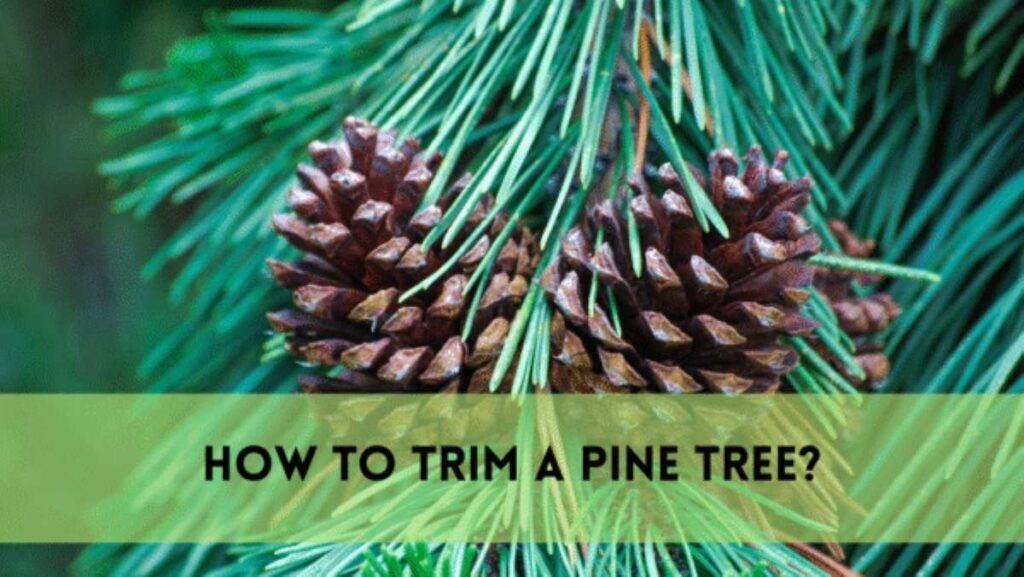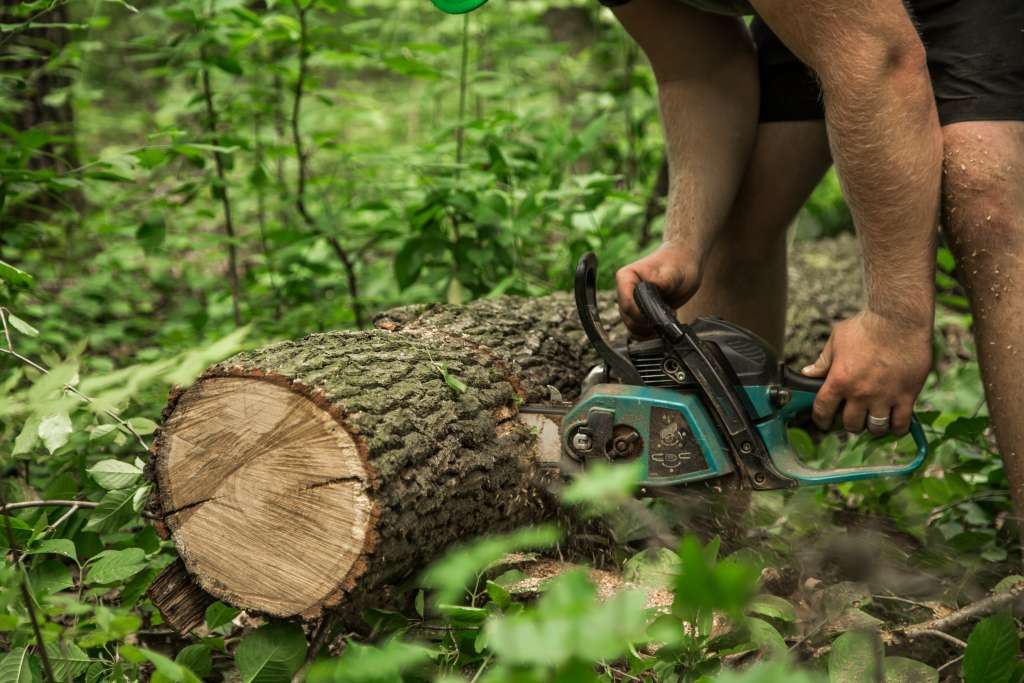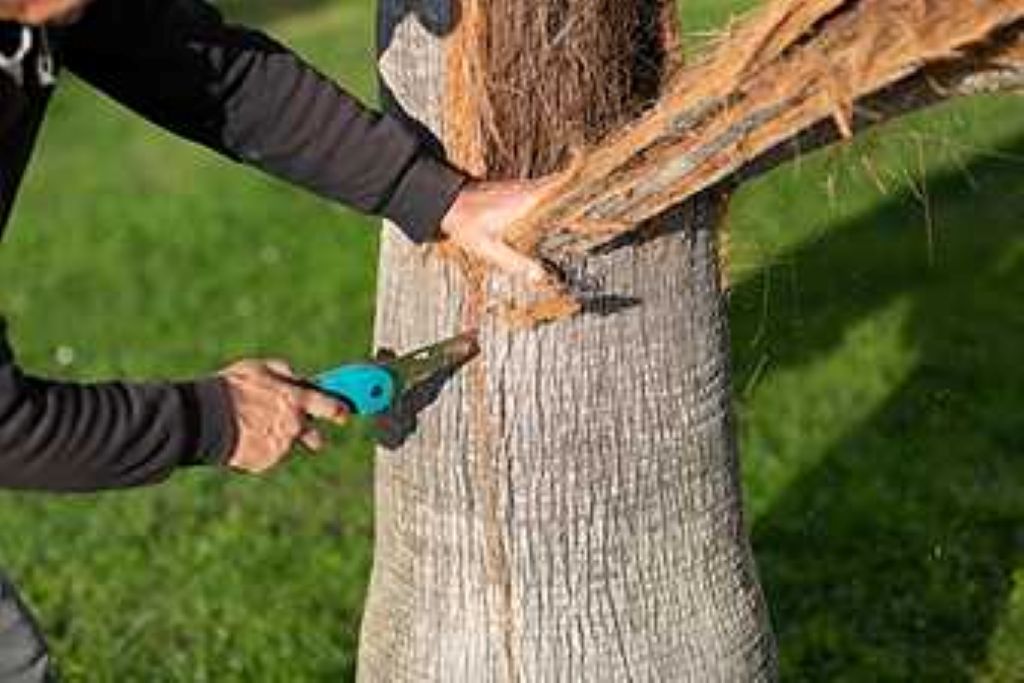Remove Banana trees might be beneficial for a variety of reasons. First and foremost, it enables appropriate management of garden or plantation acreage. Banana plants can proliferate quickly, resulting in overpopulation, which limits their development and output. By thinning out overgrown trees, the remaining ones will have more room to thrive
In this post, we will look at numerous methods for removing banana trees, ranging from manual techniques to professional aid. Each approach has its own set of concerns and actions to guarantee that the task is completed smoothly. Whether you’re a seasoned gardener or a newbie, these ways will provide you with the knowledge you need to say goodbye to your banana tree while still protecting the health of your garden or landscape. So, let’s go on this adventure to learn the art of banana tree removal and reclaim control of your outside environment.
Why Removing Banana Trees Is Important?
Banana tree removal might be beneficial for a variety of reasons. First and foremost, it enables appropriate management of garden or plantation acreage. Banana plants can proliferate quickly, resulting in overpopulation, which limits their development and output. By thinning out overgrown trees, the remaining ones will have more room to thrive.
Furthermore, removing banana trees can help prevent the spread of diseases and pests. Banana plants are sensitive to a variety of diseases, and if one tree becomes affected, the problem can swiftly spread to surrounding trees.
Prompt removal of problematic trees can prevent the spread of these diseases, maintaining the general health of the banana plantation.
Furthermore, banana tree removal might be critical for landscape design and aesthetics. Overgrown or unkempt banana trees can detract from the visual appeal of a garden or plantation.
Removing badly positioned or neglected trees can improve the overall aesthetic of the outdoor space, making it more appealing and pleasurable. To summarize, eliminating banana trees is critical for space management, disease control, and maintaining a beautiful and healthy environment.
Methods to Remove Banana Trees
Prepare by gathering the essential instruments, which include pruning shears or a saw, a shovel, work gloves, and safety goggles.
Pruning: To begin, remove all of the banana tree’s leaves and branches. This minimizes the size of the tree and makes digging easier.
Dig a trench around the base of the tree, keeping it 12–18 inches away from the trunk. The trench exposes the roots, allowing for their removal.
Working your way around the tree, cut and loosen the roots with the pruning shears or saw. Begin with smaller roots and work your way up.
Tree removal: Once the root ball has been sufficiently loosed and the tree can be moved, carefully remove or push the banana tree out of the ground.
1. Mechanical Help
This method is best suited for larger or more established banana trees, which may necessitate more work to remove.
Equipment: A shovel is required, and for larger trees, consider employing mechanical equipment like a backhoe or tractor.
Starting with a shovel, dig a trench around the tree’s base, similar to the hand-digging approach.
Root Removal: Using a saw or shears, cut and remove the exposed roots.
Use mechanical tools to gradually remove the tree from the ground, leveraging the trench you’ve created.
2. Chemical Herbicides (Warning: Beware)
Herbicides can be effective in preventing regrowth after tree removal, but they must be used with caution.
Stump Removal: Once the banana tree has been successfully removed, you will be left with a stump and some leftover roots.
Apply a woody plant-specific herbicide to the stump and any remaining root fragments. Follow the manufacturer’s directions to the letter and use extreme caution while working with chemicals.
Prevention of Regrowth: The pesticide will prevent regrowth, assuring that the banana tree will not return.
3. Solarization and tarp
Solarization kills the tree and its roots by using heat, making it suited for smaller banana trees.
To begin, chop the banana tree down to a stump.
Tarp Positioning: Wrap a plastic tarp or sheet securely around the stump to trap heat.
Heat Exposure: Leave the tarp up for many weeks, ideally throughout the hot summer months. The stored heat will kill the stump and its roots eventually.
4. Tree Removal Services
If you need to remove a large or difficult banana tree, consider hiring professional tree removal services.
5.Consultation:
Speak with local tree removal companies that have handled large trees in the past.
They will examine the problem by considering the size and condition of the banana tree, as well as any potential safety risks.
Specialized Equipment:Professional tree removal services have access to specialized equipment and experience to remove the tree from your property safely and efficiently.
Safe Removal:They will remove the tree while complying with safety standards and local rules, guaranteeing that you have a trouble-free experience.
Preventive Measures
Check banana plants for disease symptoms on a regular basis.
- pest control:Use pest management measures to keep insects at bay.
- Disease inspection: Checkspacing:Plant bananas with appropriate space to prevent overpopulation.
- Crop rotation: Avoid planting bananas in the same location year after year.
- Soil Health: Maintain soil fertility through organic matter and regular testing.
- Isolate new plants to verify that they are disease-free.
- Choose kinds that are resistant to local diseases.
- Pruning and Maintenance: Trim trees to eliminate dead or diseased portions.
- Education: Educate yourself and your workers on proper banana care.
- Documentation: Keep records of ailments and treatments for future reference.
FAQs
1. Why would I need to remove banana trees?
Banana trees may be removed for a variety of reasons, including overcrowding, disease control, and aesthetics.
2. Can I prevent illnesses in banana trees to avoid their removal?
Yes, preventive measures such as regular inspections, pest management, and adequate spacing can help reduce the danger of illness, lowering the need for removal.
3. Are there disease-resistant banana tree cultivars?
Yes, some banana types are more resistant to common diseases. Choosing these types can serve as a preventative step.
4. What should I do if I suspect a sickness in my banana plants?
Act quickly to isolate the afflicted plant and seek treatment advice from agricultural experts.
5. How can I keep my banana trees healthy?
Regular pruning, soil management, and continual education about banana tree care are all required to keep them healthy.
Conclusion
Removing banana trees requires proper consideration and planning. Whether you are thinning out a crowded plantation or addressing disease issues, the process must be executed thoughtfully to maintain the health and productivity of your garden or farm.
You can ensure that the removal of banana trees is efficient and serves the best interests of your agricultural endeavors by using the proper methods and taking precautionary precautions.





